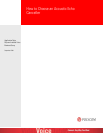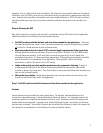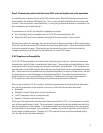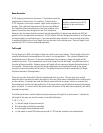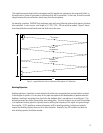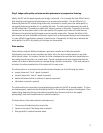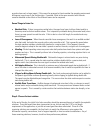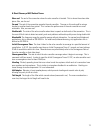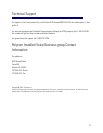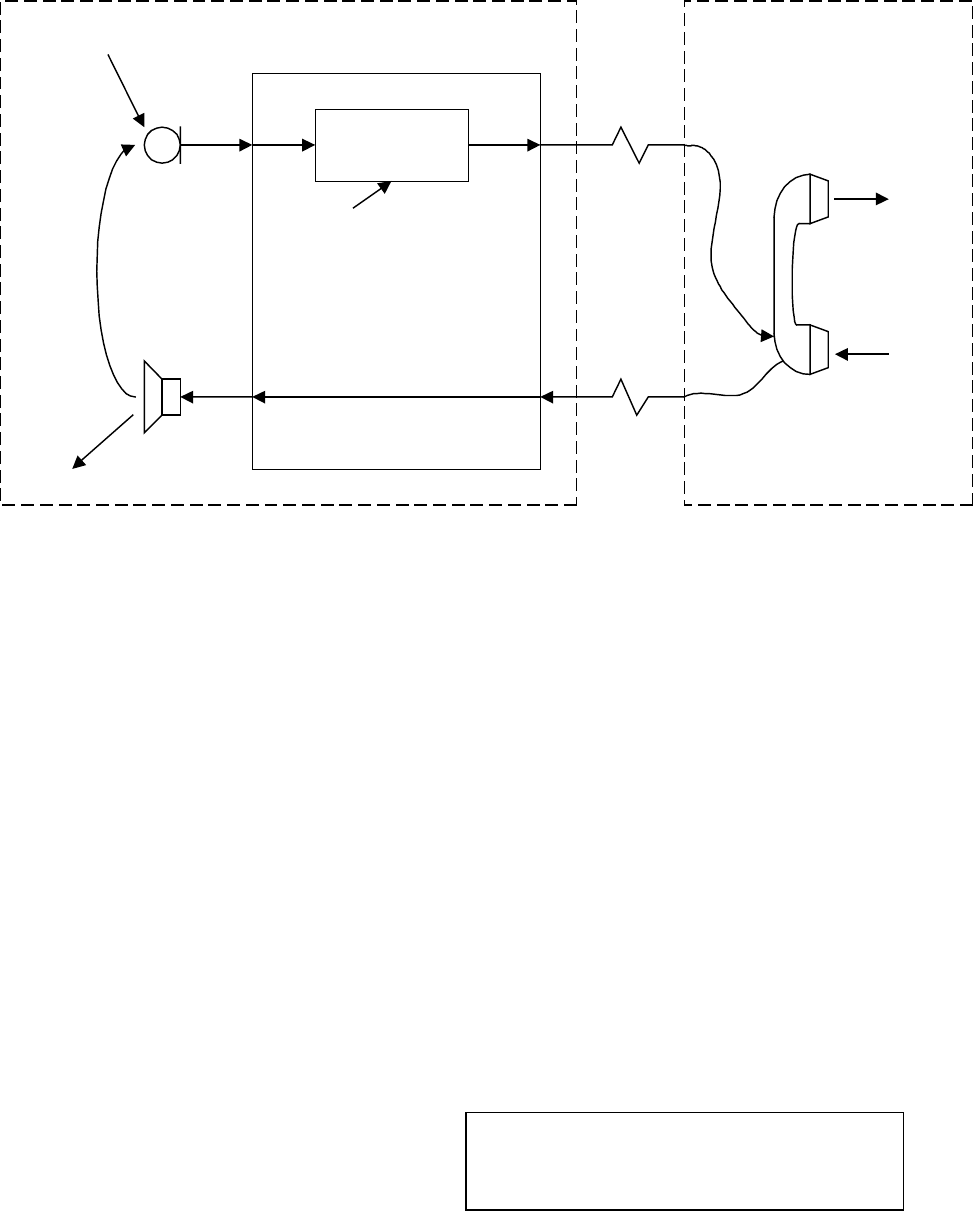
AEC
Nonlinear
Processing
Mic
Speaker
Echoes
Near speech
Far speech
Far speech
Near speech +
echoes + distortion
Far End
Near End
XMT
RCV
Distortion
Figure 1: Illustration of the effects of AEC operation and room acoustics on the transmitted speech. The far speech that travels
through the receive path is not modified as it passes through the AEC. In an echo canceller that is poorly designed, there may be
residual echoes as well as distortion added to the near speech signal (these effects are described in detail later). This degrades
the speech that is transmitted, so that the poor audio quality is noticed on the far end.
Why not just use a speakerphone?
Speakerphones are half-duplex, which means that only one person can talk at a time. The speakerphone
determines which side is active (or louder) by comparing the signal levels on both sides. It turns off the
other side until the louder side is finished. Once one side has “captured” the circuit, most speakerphones
do not permit any sort of interruption. This inhibits the natural flow of conversation, especially if one party
is long-winded.
Acoustic Echo Cancellation vs. Line Echo Cancellation
Acoustic echo cancellation and line echo cancellation both address similar problems, and are often based
on the same technology. However, a line echo canceller generally cannot replace an acoustic echo
canceller, because acoustic echo cancellation is a more difficult problem. With line echo cancellation there
are generally only one or two reflections from
telephone hybrids or impedance mismatches in the
telephone line. These echoes are usually delayed
by less than 32 ms, and do not change very
With acoustic echo cancellation, the echo path
is complex and can vary continuously as people
move around the room.
3



